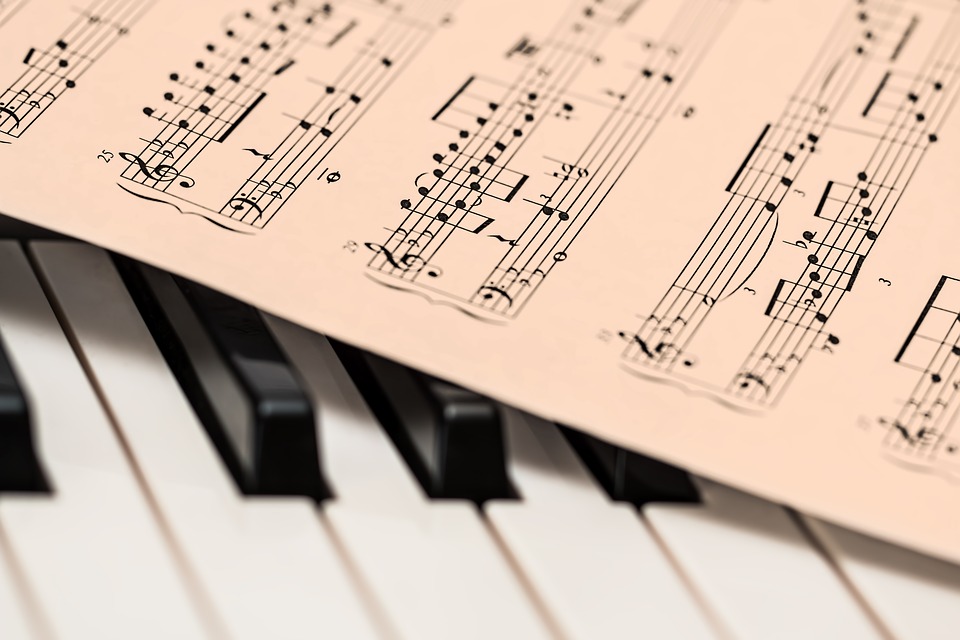
Pediatric patients who listened to 30 minutes of songs by Rihanna, Taylor Swift and other singers of their choosing — or audio books — had a significant reduction in pain after major surgery, according to a new Northwestern Medicine study.
The children, ages nine to 14, chose from a playlist of top music in different genres including pop, country, rock and classical. Short audio books were another option in the study.
A strategy to control post-surgical pain without medication is important because opioid analgesics — most commonly used to control post-surgical pain — can cause breathing problems in children. Thus, caregivers usually limit the amount of opiods prescribed, and children’s pain is not well controlled.
“Audio therapy is an exciting opportunity and should be considered by hospitals as an important strategy to minimize pain in children undergoing major surgery,” said study senior author Dr. Santhanam Suresh. “This is inexpensive and doesn’t have any side effects.”
Suresh is a professor of anesthesiology and pediatrics at Northwestern University Feinberg School of Medicine and chair of pediatric anesthesiology at Ann & Robert H. Lurie Children’s Hospital of Chicago.
Suresh conducted the study with his daughter, Sunitha Suresh, who designed it when she was a biomedical engineering student at Northwestern’s McCormick School of Engineering and Applied Science with a minor in music cognition. She now is a fourth-year medical student at Johns Hopkins Medical School.
The paper was published in Pediatric Surgery International Jan. 3, 2015.
This is believed to be the first randomized study to evaluate and demonstrate the use of patient-preferred audio therapy as a promising strategy to control post-surgical pain in children. Prior studies looked at the effectiveness of music for pain during short medical procedures. Those studies also did not use objective measures of pain nor did they show whether the perception of pain was affected by the music itself or if an alternate audio therapy would be equally as effective.
Santhanam Suresh believes the audio-therapy helped thwart a secondary pathway in the prefrontal cortex involved in the memory of pain.
“There is a certain amount of learning that goes on with pain,” he said. “The idea is, if you don’t think about it, maybe you won’t experience it as much. We are trying to cheat the brain a little bit. We are trying to refocus mental channels on to something else.”
Letting patients choose their music or stories is an important part of the treatment, Suresh said. “Everyone relates to music, but people have different preferences.”
The therapy worked regardless of a patient’s initial pain score. “It didn’t matter whether their pain score was lower or higher when they were first exposed to the audio therapy,” Suresh said. “It worked for everyone and can also be used in patients who have had ambulatory surgery and are less likely to receive opiods at home.”
“One of the most rewarding aspects of the study was the ability for patients to continue their own audio therapy,” said Sunitha Suresh, the first author on the study. “After the study, several patients ended up bringing in their iPods and listening to their own music. They hadn’t thought of it before.”
The equal effectiveness of the audiobooks was an unexpected finding, Sunitha Suresh noted. “Some parents commented that their young kids listening to audio books would calm down and fall asleep, “she said. “It was a soothing and distracting voice.”
In the study, about 60 pediatric patients at Lurie Children’s received pain evaluations prior to and after receiving the audio therapy. They reported their pain levels based on identifying facial images such as a grimace or tears or a happy face to illustrate how they were feeling.
The children were divided into three groups; one heard 30 minutes of music of their choice, one heard 30 minutes of stories of their choice and one listened to 30 minutes of silence via noise-canceling headphones. The patients in the music and story groups had a significant reduction in pain. The patients who heard silence did not experience a change in pain.
###


